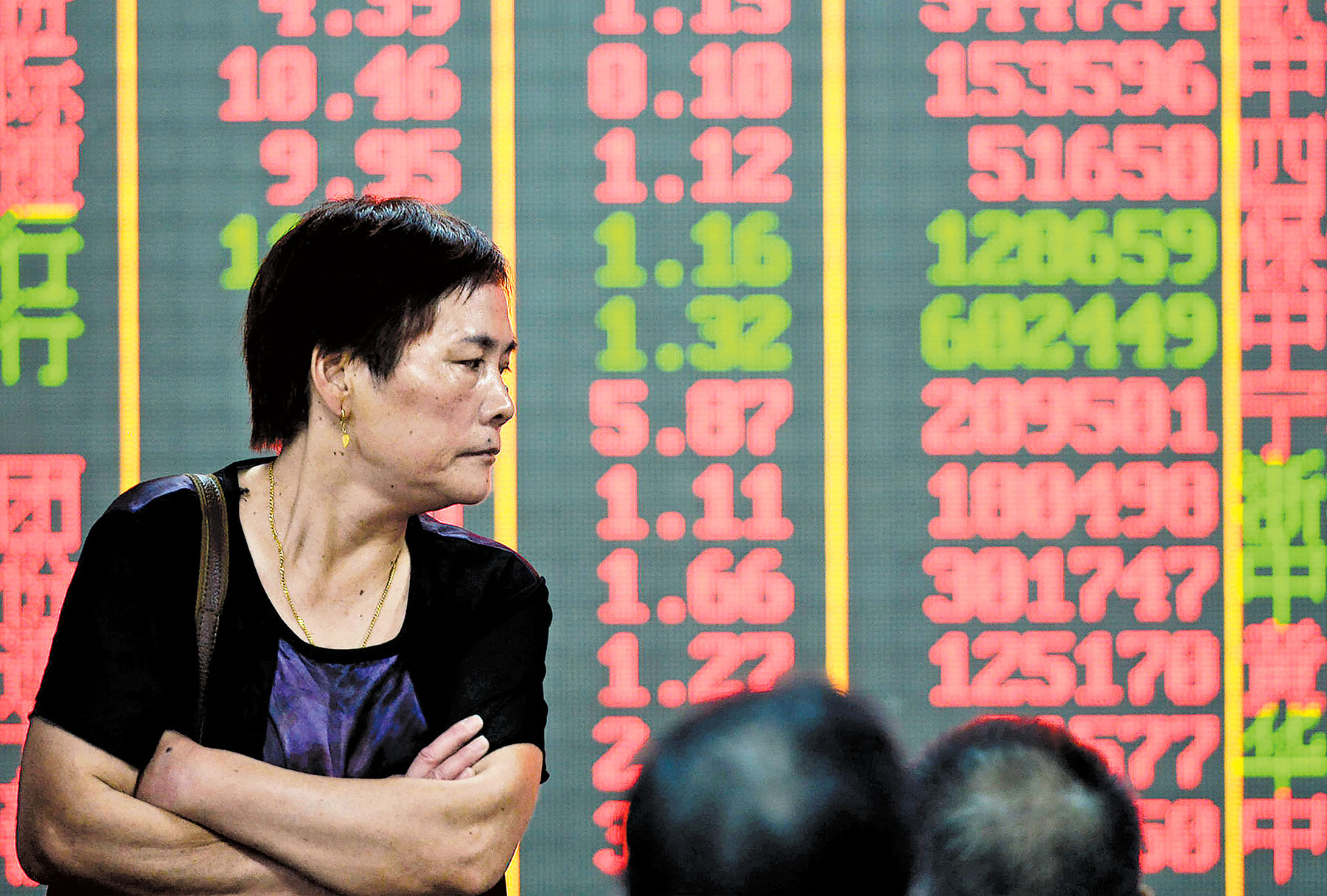China rolls out several measures to calm investors amid US-triggered global equities rout

China took swift and decisive measures on April 8 to stabilize its capital market amid global stock market turmoil following sweeping tariffs announced by the United States, demonstrating Beijing’s strong policy reserves and commitment to safeguarding financial stability.
Industry experts said the measures, including increased holding of shares by sovereign wealth funds and major listed companies, as well as supportive monetary policies, have played a vital role in restoring investor confidence and anchoring market expectations. They also expressed positive outlook on Chinese stocks in anticipation of more stimulative policies.
The moves yielded immediate results despite fluctuations later this week. The benchmark Shanghai Composite Index rebounded 1.58 percent on April 8, reclaiming the 3,100-point level. The Shenzhen Component Index rose 0.64 percent, while the tech-heavy ChiNext gained 1.83 percent.
Notably, agricultural stocks surged 8.89 percent on average, while food and beverage shares advanced 6.46 percent, reflecting renewed optimism across sectors.
Following the global equity sell-off sparked by the US’ tariff imposition, Chinese regulators and major financial institutions acted promptly. Key to the rebound was a timely move by Central Huijin Investment, an arm of China’s sovereign wealth fund, which announced late on April 7 that it had increased holdings in exchange-traded funds.
The People’s Bank of China, the country’s central bank, followed up by pledging relending support to Central Huijin “when necessary”, signaling a strong coordinated policy intent to maintain market order and stability.
Gao Ruidong, chief economist at Everbright Securities, said these actions represent an effective deployment of what some economists call a “Chinese version of a stabilization fund”.
Such moves help to shape long-term investor expectations and shift the focus away from short-term market noise, Gao said.
“As investor sentiment improves, the A-share market is expected to gradually return to a rational track aligned with China’s steady economic fundamentals,” he added.
Meanwhile, multiple State-owned enterprises and sovereign institutions have also ramped up their exposure to A-shares. China Chengtong Holdings and China Reform Holdings both announced increased investments in exchange-traded funds and State-owned enterprise (SOE) stocks, underscoring their confidence in the market’s long-term potential.
Leading SOEs, including China Huaneng Group, China Petrochemical Corp and China State Construction, on April 8 announced their respective stock repurchase plans, which are rooted in their confidence in China’s stable economic growth and the country’s capital market.
Also on that day, the State-owned Assets Supervision and Administration Commission of the State Council said that it will fully support the SOEs’ initiatives in stepping up their share buybacks.
Dong Shaopeng, an advisory committee member of the Securities Association of China, said the SOEs making stock buybacks, or their major shareholders increasing their holdings at a time of market volatility, could stabilize and boost company prices.
Financial regulators have further supported this momentum by green-lighting expanded equity allocations from insurance and social security funds, unlocking hundreds of billions of yuan in potential market inflows.
The National Financial Regulatory Administration said on April 8 that it has allowed more equity asset allocation by insurance funds, while the National Council for Social Security Fund said it has increased exposure to Chinese stocks and will continue taking such measures in the near future.
Meng Lei, China equity strategist at UBS Securities, said that insurers are expected to bring in about 1 trillion yuan ($136 billion) of additional capital this year, while the capital from mutual funds and social security funds is estimated to be 590 billion yuan and 120 billion yuan, respectively.
This capital will help to stabilize the equity risk premium, thanks to its longer investment horizon, he said.
A report released on April 7 by Swiss firm Pictet Asset Management said that China has considerable capacity to deliver monetary and fiscal stimulus, thanks to ample policy space, although the country faces steep import tariffs.
China’s reliance on US exports is often overstated, as it stands at just 3 percent of GDP, the report added.
Feng Jianlin, chief economist at Beijing FOST Economic Consulting, said that fundamentally stabilizing expectations on the real economy is crucial to stock market stability. He suggested accelerating bond issuance and use of the fiscal fund, while adjusting monetary policies.
Apart from lowering the bank reserve requirement ratio and interest rates, structural monetary tools to support foreign trade, consumption and technology innovation may be introduced at a faster pace, he said.
Contact the writers at shijing@chinadaily.com.cn


